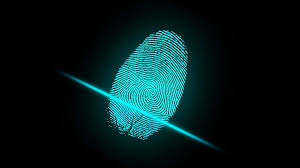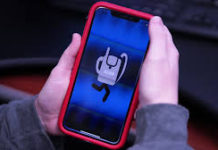 The Internet is one of the most substantial, powerful, and impactful inventions throughout the history of humanity. For the first time, people were able to access information from anywhere with an active connection to the World Wide Web, communicate with others, and even waste countless consecutive hours browsing social media platforms.
The Internet is one of the most substantial, powerful, and impactful inventions throughout the history of humanity. For the first time, people were able to access information from anywhere with an active connection to the World Wide Web, communicate with others, and even waste countless consecutive hours browsing social media platforms.
Though technology is largely great for countless reasons – one of the most important such benefits of the Internet is its aid of freedom of speech, despite some governments cracking down on how much power Internet service providers have and what content users can share – it also poses dangers to young, impressionable, vulnerable children.
Not only can they be communicated with by potential child sexual predators, kids and adolescents can also access web pages that teach them inappropriate things most children wouldn’t even learn from riding the school bus, attending class, or hanging out with peers.
While too much censorship is arguably never a good thing – especially as it concerns children, as not teaching or exposing them to things that could help them develop and better understand society, if not both – censoring harmful content is now made easier through the help of a mobile application that is currently unnamed.
Paritosh Dahiya, a 16-year-old male currently residing in Sonipat, India, created an application that effectively guesses the age of people using phones with the app installed on such smartphones. Virtually all modern smartphones are able to use fingerprints to unlock their devices, which is the central feature added to most recent renditions of smartphones to both improve security and convenience.
Now, the teenaged Mr. Dahiya is putting that feature to good use.
He originally got the idea for the app currently without a name by hearing kids much younger than himself discussing during school about what inappropriate content they saw over the weekend, the night before, or were showed by somebody else – in some cases, Paritosh reported that those kids made explicit or inappropriate content themselves, sometimes without even any inspiration from the collective dirty mind of the World Wide Web.
Fingerprints are filled with tiny ridges and loops – also called whorls in biological terms – that can readily be used to identify the individuality of a person. However, most applications both within and outside of technology haven’t taken advantage of sizing fingerprints very often. His app is slated to be available in just a few months.











